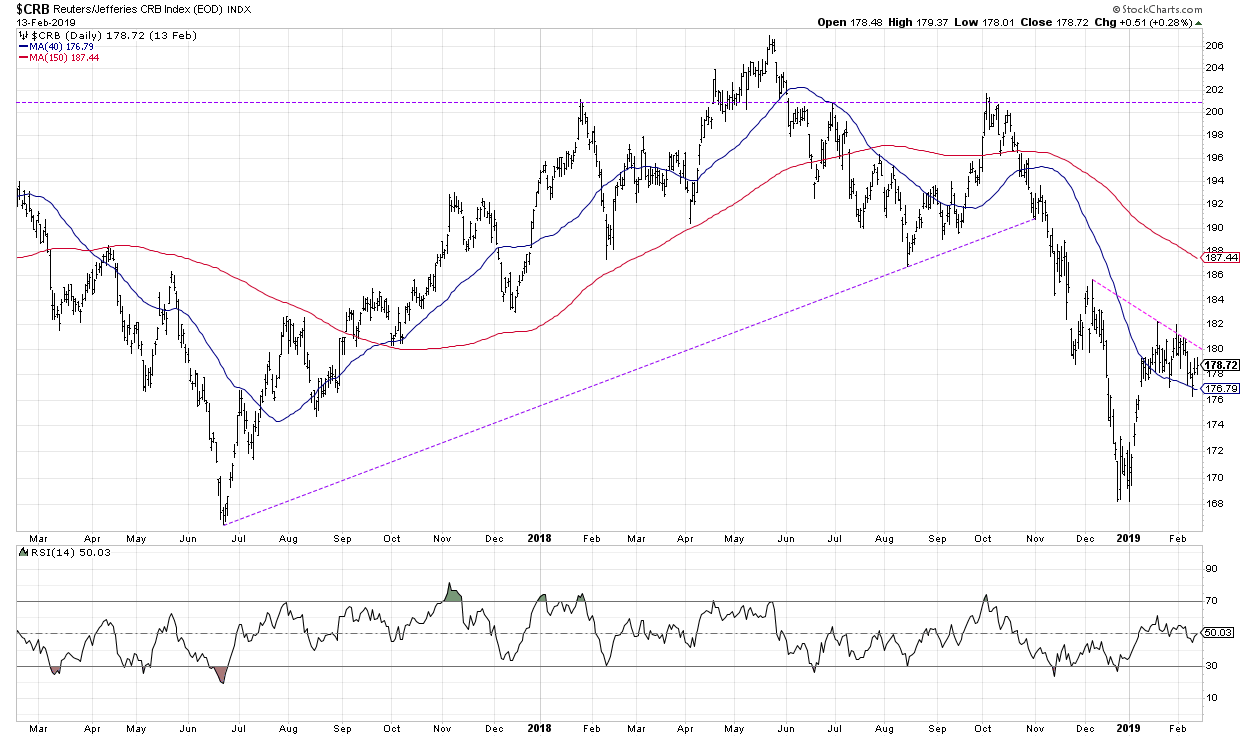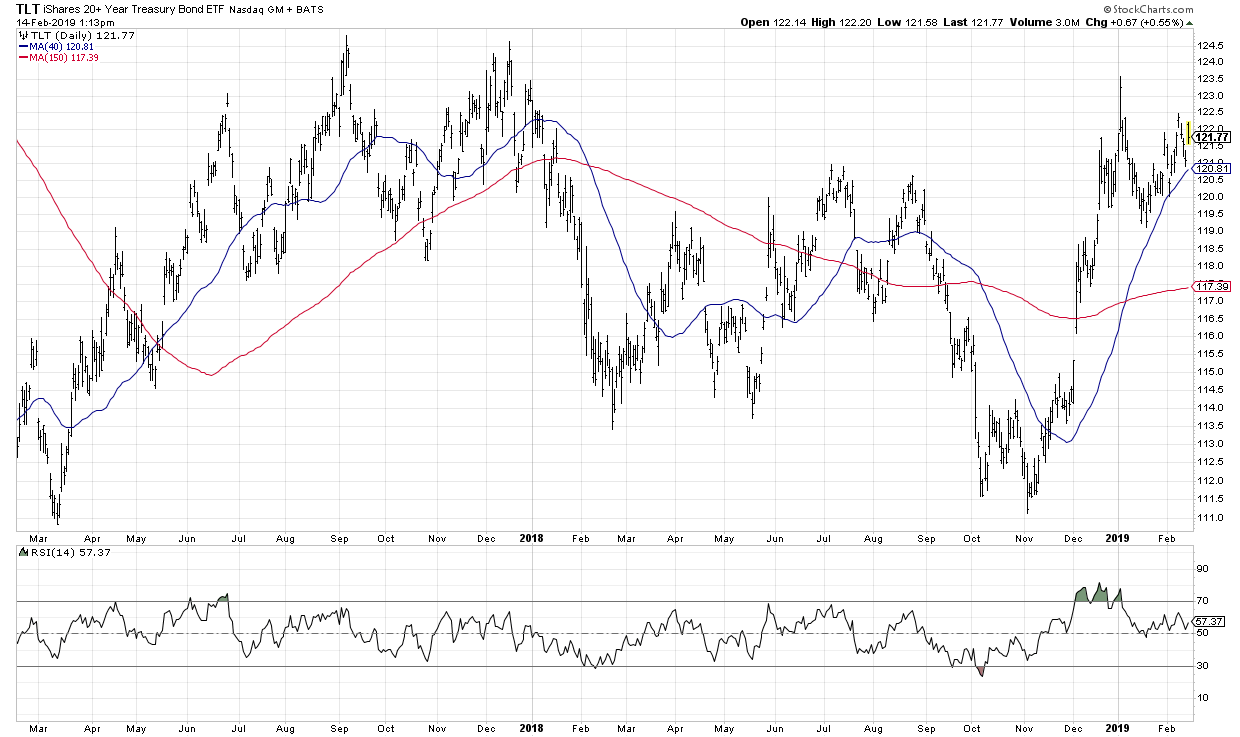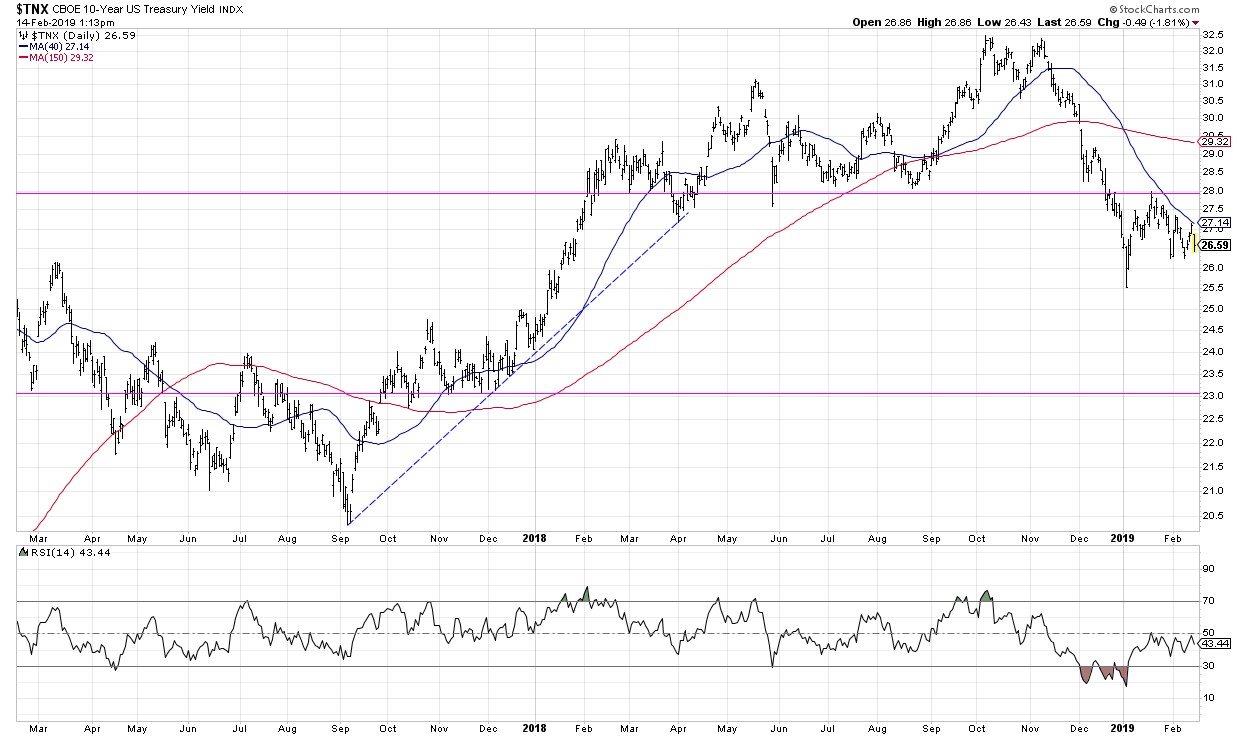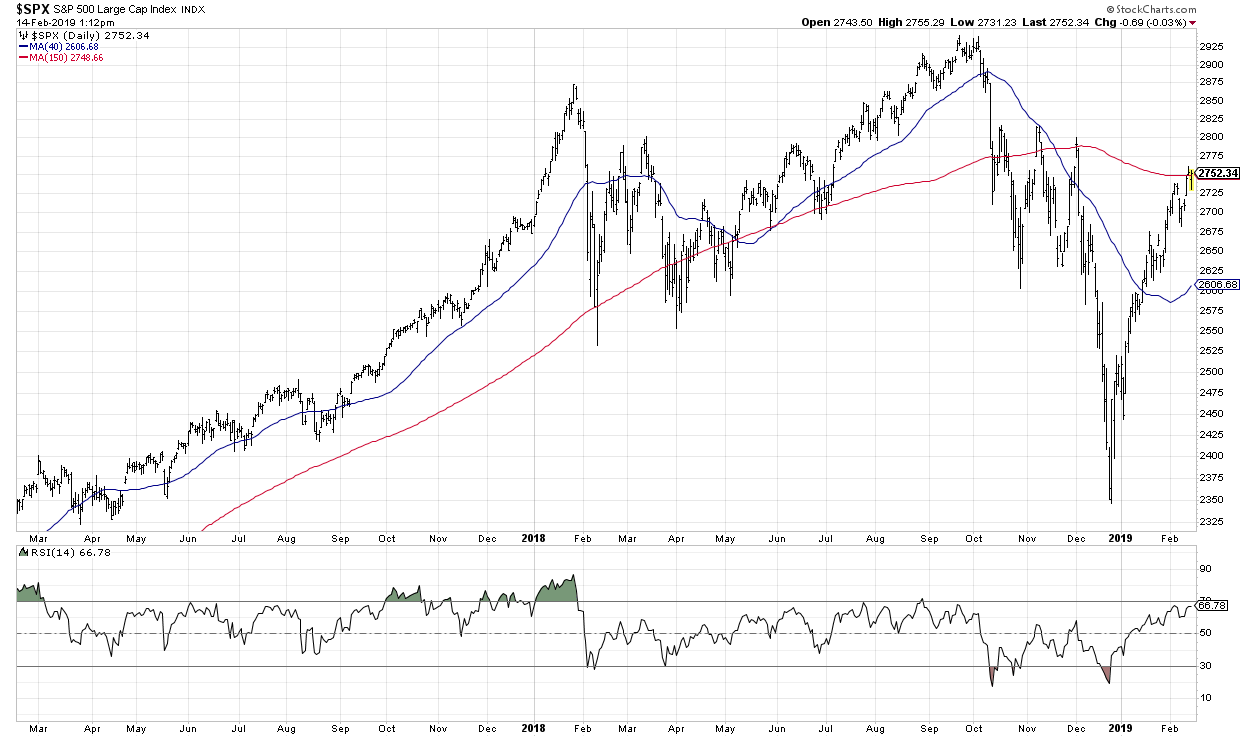 Humans are emotional beings, generally making decisions based on their emotional state. Consequently, when the market moves against your positions, you will most likely have a visceral reaction to that event. The fear of losing and/or the fear of missing out are often the causes of bad investment decisions.
Humans are emotional beings, generally making decisions based on their emotional state. Consequently, when the market moves against your positions, you will most likely have a visceral reaction to that event. The fear of losing and/or the fear of missing out are often the causes of bad investment decisions.
In his book Mastering the Market Cycle, Howard Marks wrote that “[a] lack of emotionality is a gift (in investing, that is, but perhaps not in other areas, like marriage).” So I guess the secret is to just ignore our emotional reactions and make emotionless decisions, right? Well...
The reality is that it’s very difficult to turn off these emotional reactions. The key to making relatively emotionless decisions is to develop positive routines that give structure and discipline to your decision-making. I recently wrote on the five practices of mindful investors, which included some of the routines I’ve used to help me focus more on the facts and less on my feelings about the facts.
Before you make any decisions about anything, you need to gather evidence. For me, that has always meant taking a deep dive into the charts. To start, I look at the long-term trends and make an assessment of where major assets are coming from. Next, I decide on a probabilistic outcome for each of those major assets, thinking about where everything is coming from and where I think everything is (likely) headed.
When I was studying for the Chartered Market Technician (CMT) exams, I remember jotting down a simple set of relationships based on John Murphy’s work on intermarket analysis.
 As you can most likely not discern due to my miserable penmanship, I was illustrating this point: stronger Dollar --> weaker commodities --> stronger bonds --> lower rates --> stronger stocks.
As you can most likely not discern due to my miserable penmanship, I was illustrating this point: stronger Dollar --> weaker commodities --> stronger bonds --> lower rates --> stronger stocks.
Now, it’s worth noting that this series of relationships does not always hold true. However, it struck me recently that, today, it’s actually playing out perfectly. Let's walk through the charts!
Stronger Dollar...

Weaker commodities...
 Stronger bond prices...
Stronger bond prices... Weaker bond yields...
Weaker bond yields... Stronger stocks....
Stronger stocks....
Now does this mean that these trends will continue ad infinitum? Of course not. But they do give me a framework to start to my process; I can now able evaluate global regions, sectors and even specific stocks with this broad market environment in mind. As part of this, I make a point of identifying key levels/signals/triggers that would cause me to revisit each trend.
Emotions are not a bad thing. They are part of what makes us human, particularly our ability to empathize with others. By developing positive routines in your investment process, you can leave the emotions for the parts of your life where they truly add value.
As Albert Einstein once said:
"Computers are incredibly fast, accurate, and stupid.
Human beings are incredibly slow, inaccurate, and brilliant.
Together they are powerful beyond imagination."
RR#6,
Dave
![]()
David Keller, CMT
President, Sierra Alpha Research LLC
![]()
Disclaimer: This blog is for educational purposes only and should not be construed as financial advice. The ideas and strategies should never be used without first assessing your own personal and financial situation, or without consulting a financial professional.
The author does not have a position in mentioned securities at the time of publication. Any opinions expressed herein are solely those of the author, and do not in any way represent the views or opinions of any other person or entity.






